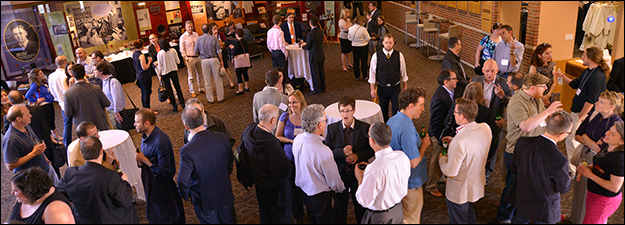Rethinking Medieval Maps
Sponsoring Organization(s)
Special Session
Organizer Name
Laura Julinda Whatley, Chet Van Duzer
Organizer Affiliation
Ferris State Univ., Independent Scholar
Presider Name
Laura Julinda Whatley
Paper Title 1
Eating the Edge of the World in Book Eleven of the Christian Topography
Presenter 1 Name
Rebecca Darley
Presenter 1 Affiliation
Warburg Institute, Univ. of London
Paper Title 2
Exceeding Expectations: Appeasement and Subversion in the Catalan Atlas (1375)
Presenter 2 Name
Thomas Franke
Presenter 2 Affiliation
Univ. of California-Santa Barbara
Paper Title 3
A Neglected Type of Mappamundi and Its Re-imagining in the Mare historiarum (BnF MS lat. 4915, f. 26v)
Presenter 3 Name
Chet Van Duzer
Paper Title 4
Rethinking Maps in Late Medieval Italy: Giusto de' Menabuoi's Creation of the World in the Baptistery of Padua
Presenter 4 Name
Anne Derbes
Presenter 4 Affiliation
Hood College
Start Date
16-5-2015 3:30 PM
Session Location
Fetzer 2040
Description
P.D.A. Harvey has written that “Medieval Europe was a society that functioned largely without maps”—and this session takes this statement as a call for a closer look at how medieval Europeans engaged with maps when they did resort to them. What evidence do we have, either from maps themselves, their contexts, or from textual sources, about how medieval maps were used? What about cases in which maps were designed for one purpose, but employed for another? What do these uses and re-uses tell us about the place of maps in medieval society, and their connection with broader developments in visual or material culture?
Laura Julinda Whatley
Rethinking Medieval Maps
Fetzer 2040
P.D.A. Harvey has written that “Medieval Europe was a society that functioned largely without maps”—and this session takes this statement as a call for a closer look at how medieval Europeans engaged with maps when they did resort to them. What evidence do we have, either from maps themselves, their contexts, or from textual sources, about how medieval maps were used? What about cases in which maps were designed for one purpose, but employed for another? What do these uses and re-uses tell us about the place of maps in medieval society, and their connection with broader developments in visual or material culture?
Laura Julinda Whatley


